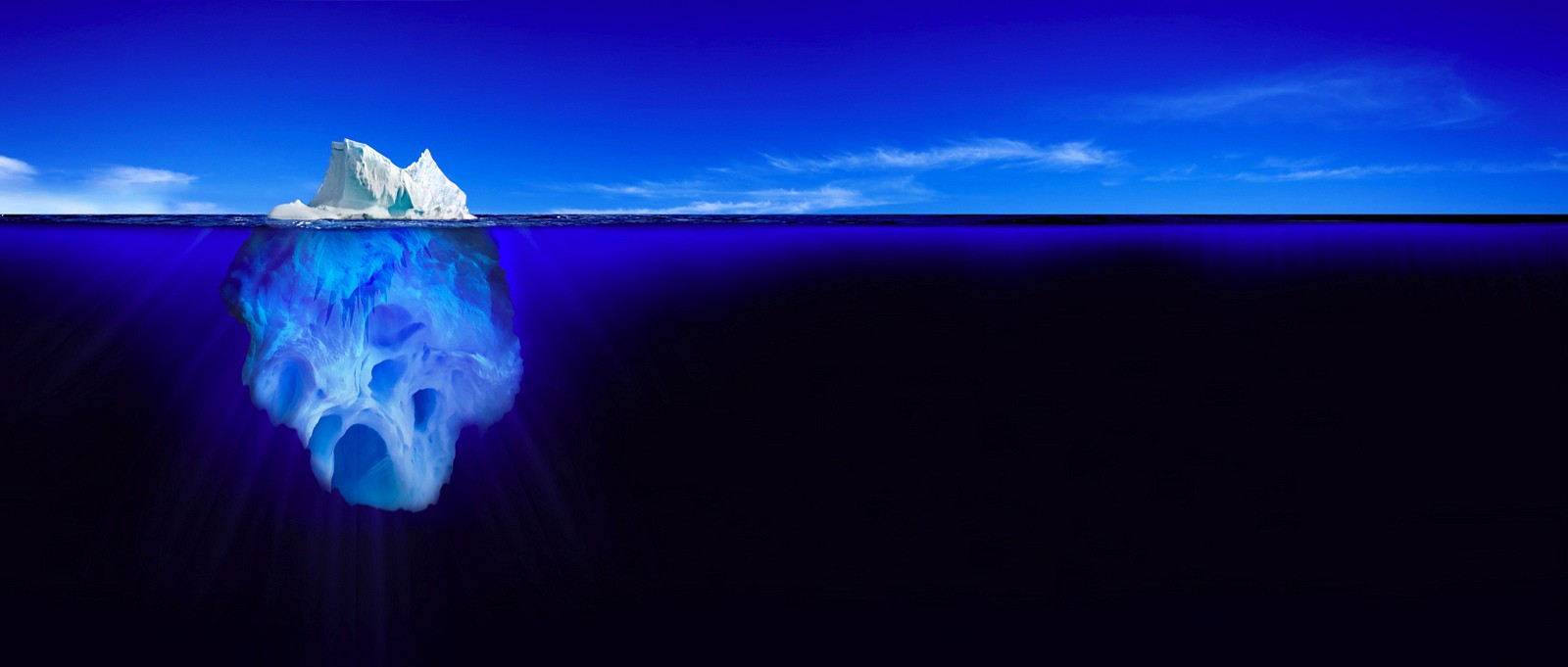
Other issues include legal questions related to e-transactions and e-signatures, consumer protection online, data protection, cybercrime, taxation and domain names. “The current debate about Facebook and data privacy vividly illustrates that most countries are ill-prepared for the digital economy,” UNCTAD Secretary-General Mukhisa Kituyi said in a statement.ĭata privacy is just one of many boxes that national regulators need to tick if they hope to get a handle on e-commerce, UNCTAD’s head of internet and computer technology analysis Torbjörn Fredriksson told a news conference. The Petermann Glacier Ice Island was said to be the largest iceberg to calve in the Arctic since the year 1962. REUTERS/Afolabi Sotundeįacebook has faced a global outcry and its shares have slid in value after a whistleblower said data from millions of users was improperly harvested by consultancy Cambridge Analytica to target U.S. "In addition, if A76A continues along a trajectory towards Shag Rocks, gouging of the shallow seabed found there may be catastrophic for biodiverse seabed communities, including nursery areas for valuable fish stocks.FILE PHOTO - Mukhisa Kituyi, Secretary-General of the United Nations Conference on Trade and Development, speaks during the Nigeria/Ecowas Trade and Investment for Development forum in Abuja, Nigeria November 2, 2017. These effects could then cascade up the food web to fish, birds, seals, and whales. "The negative side is that this same melting, at such a large scale, dumps lots of freshwater into the ocean which decreases salinity levels and makes the waters unsuitable for many phytoplankton and the zooplankton that feed on them. On the positive side, as the iceberg melts, it will release a lot of nutrients that could benefit the growth of microscopic plants such as phytoplankton at the base of the oceanic food webs." These impacts may be both positive and negative. He says, "An iceberg of this size will have a big impact on the ocean ecosystems which support the rich diversity of marine wildlife found in this Antarctic region. Professor Geraint Tarling, head of the Ecosystems team at BAS, was on board. In January, a team of BAS scientists onboard the RRS Discovery, operated by National Oceanography Centre, completed a circumnavigation of A76A sampling the waters around the iceberg to better understand its potential impacts on the environment. If the iceberg grounds on the shallow seabed in the region it could destroy fauna across the seafloor and disrupt the ocean currents and foraging routes of the local wildlife. At 135km long and 25km wide, it is the largest floating iceberg on the planet-twice the size of Greater London-and is heading toward South Georgia.Īs the iceberg reaches shallower waters, there is potential for disruption to the local wildlife around South Georgia and the nearby Shag Rocks. As it traveled north, A76 broke into three pieces, the largest of which is called A76A. This enormous chunk of ice is part of the A76 iceberg that began life after calving from the Filchner-Ronne Ice Shelf in mid-May 2021. BAS scientists and the wider community will continue to track and monitor A81 as it continues to drift through the Weddell Sea and further north towards the South Atlantic basin.Ĭredit: British Antarctic Survey Icebergs on the moveĪnother massive iceberg on the run is A76A. A81 is expected to follow in the footsteps of previous icebergs swept by the strong Antarctic Coastal Current westwards. High precision GPS instruments as well as satellite data have been used to monitor widening of the chasm and in 2016 BAS took the precaution of moving the Halley Research Station inland to protect it."Īfter breaking from the ice shelf, the iceberg has spun around and is heading south. Since glaciologists first observed Chasm-1 widening in 2012, BAS science and operations teams have been anticipating the calving event. BAS has been monitoring the Brunt Ice Shelf and the chasms formed across it for over a decade. He says, "This was a calving we knew was coming. Oliver Marsh studies the Brunt Ice Shelf and has just returned from Halley Research Station. This calving is a natural process along the Antarctic coastline with A81 the second major iceberg from the region in two years.


Monitoring by BAS glaciologists shows that the research station area currently remains largely unaffected by the calving event. The Brunt Ice Shelf is one of the most closely monitored ice shelves on the planet and is home to the BAS Halley Research Station. It is now floating approximately 150km away from its origin.
#Internet iceberg large free#
The images show the dynamic nature of the iceberg surrounded by smaller icebergs which also broke away.Ī81 broke free when a large crack in the ice, called Chasm-1, extended across the entire ice shelf.

As the summer team departed the nearby BAS Halley Research Station they witnessed from the air the start of the iceberg's journey into the Weddell Sea.


 0 kommentar(er)
0 kommentar(er)
